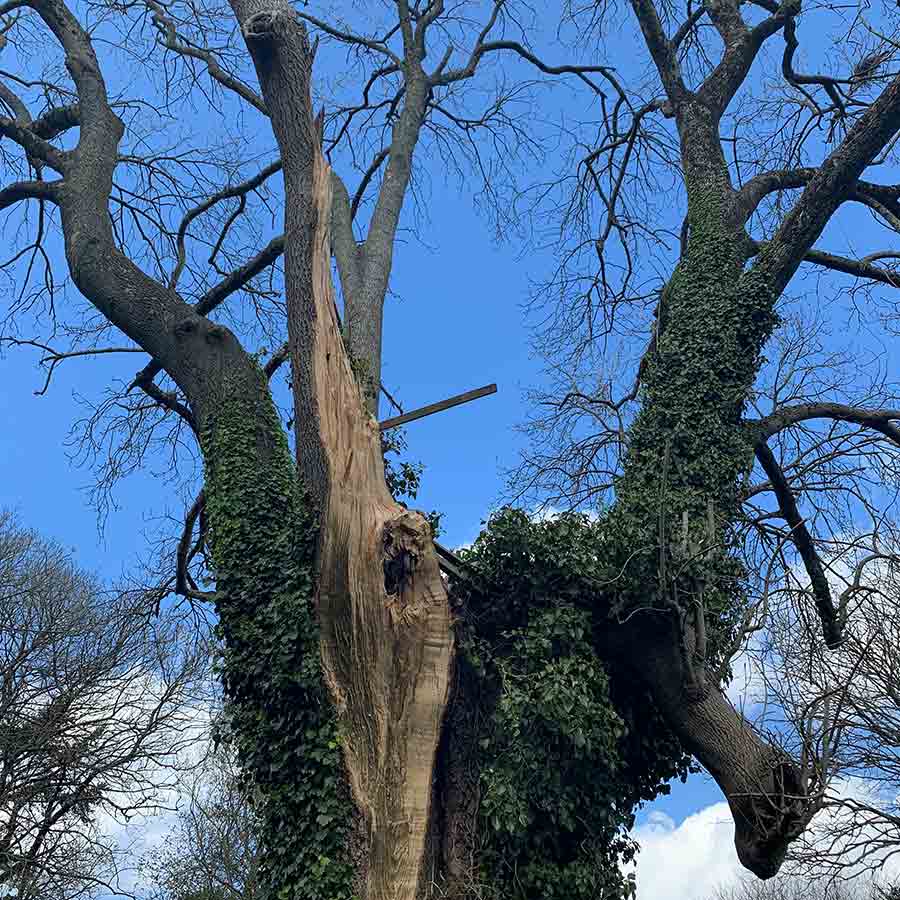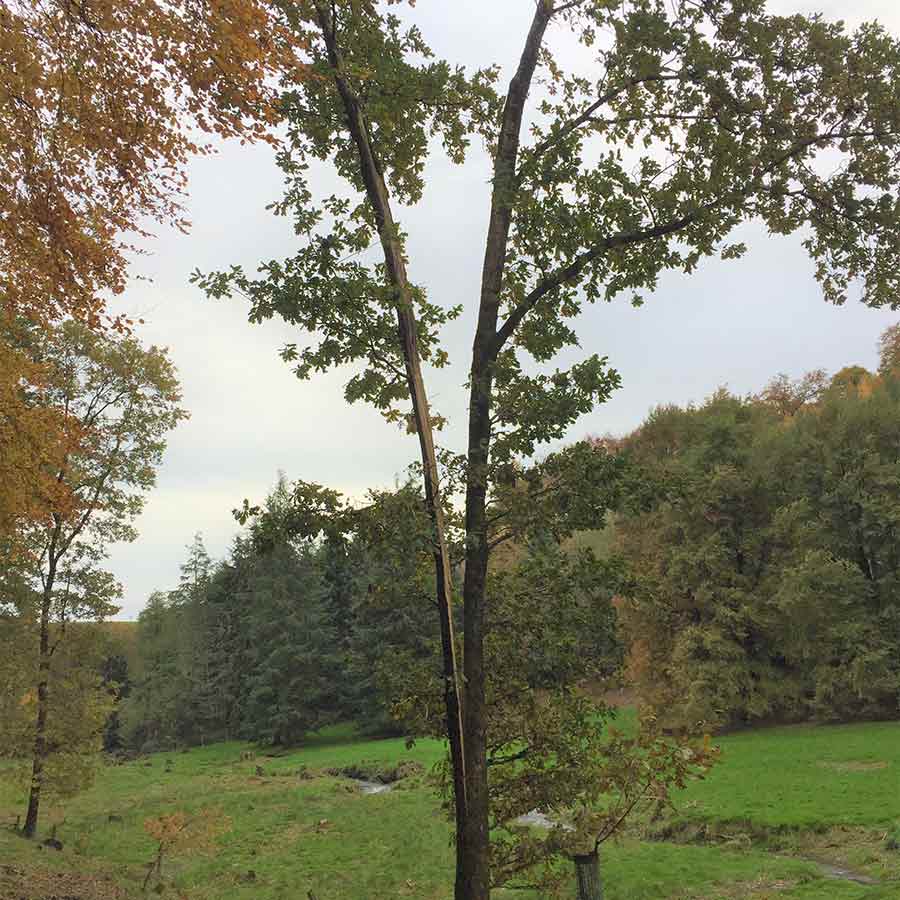How to manage tree safety on farms to reduce risk and cost
The desire for scenic walks and staycations has brought the British countryside – and its trees – into the spotlight.
Trees and woodland need to be managed for public safety and neighbourly relations, as well as for any commercial or other amenity purpose.
Tree owners have a legal duty of care to anyone who could reasonably be foreseen to be at risk of harm from, say, falling branches or unstable roots within their ownership.
See also: Watch our webinar – the right trees in the right places
This applies if you are inviting people on to your land for leisure or tourism, but also where trees are within falling distance of roads and footpaths, for which the highways authority can serve notice for obstructions to be cut back, as well as those growing along third-party boundaries.
Savills forestry manager Peter Topham sets out some key advice to keep owners and occupiers on the right side of the law

© Savills
Regular inspection
Trees need to be inspected to check for any defects and any necessary remedial action taken. For tenants this is usually a landlord’s responsibility, with timber also reserved for the landlord, but it is important to check your lease.
Doing nothing and pleading ignorance is not an option; regular surveys and robust management by competent personnel is essential, especially given the heightened problems caused by ash dieback.
Diseased ash can deteriorate very quickly, often exacerbated by periods of dry weather. However, don’t be tempted to fell unaffected trees as a precaution – retaining tolerant specimens allows the possibility of breeding from the resistant stock.
For areas of ash larger than 1,000sq m, check to see if you would be eligible for grant support to replant with alternative species. In England this is available as a standalone tree health grant under the Countryside Stewardship scheme, with a minimum grant of £500.
Management plan
Proactive management of trees enables the allocation of resources through risk zoning, and the ability to plan financially as tree work and planting can be budgeted and forecast.
This approach is also likely to lead to having to deal with fewer ad hoc reactive tree measures – these are often expensive due to the nature of the work and the need for it to be completed quickly.
Lastly, it provides owners with a defendable position should litigation occur.
Neighbour issues
Advice is often sought about trees on neighbouring land. When it comes to boundaries, think roots, shoots and fruits.
A neighbour can cut back your trees without asking permission if they have sprouted over the boundary, but they can’t trespass in order to carry out the work. In addition, the branches (and any fruit) must be offered back to you.
They should also be careful not to damage the tree in the process as they could in turn be liable for any damage caused by its failure or death.

© Savills
If livestock are poisoned by eating overhanging vegetation, for example yew, the owner of the tree would be responsible. This is not the case if the animal has to lean over the boundary to eat.
Should a neighbour believe their property has been damaged by invasive roots, they must provide evidence and proof that your trees are at fault.
A tree surgeon may be able to carry out remedial work to overhanging trees in your ownership from your side of the boundary, but if not, you will need permission to access the tree from the neighbouring side.
To sum up, as the owner of trees or woodland you must ensure there is no adverse effect on your neighbour’s property or risk of harm to the public.
Tree safety top tips
- Draw up a management plan and survey trees for damage and disease. This is usually the landlord’s responsibility but tenants should check their lease
- Be vigilant for ash dieback – trees can deteriorate quickly. It also pays to deal with it early as the trees can still be climbed by a tree surgeon and are both safer and easier to work on
- Check to see if you are eligible for grants to help with replanting costs
- Neighbours can cut back overhanging branches but may not trespass. They must offer prunings and fruit back to the owner, and should take care not to damage the tree(s).
